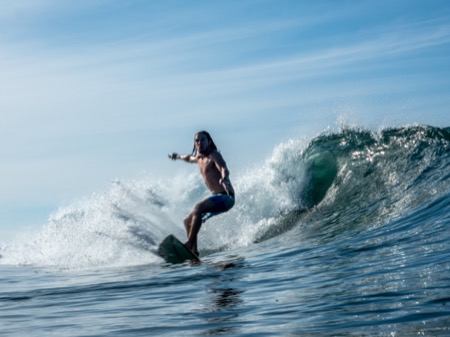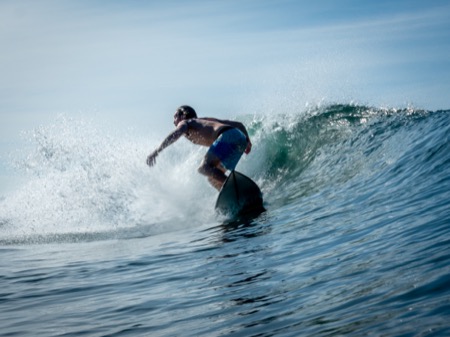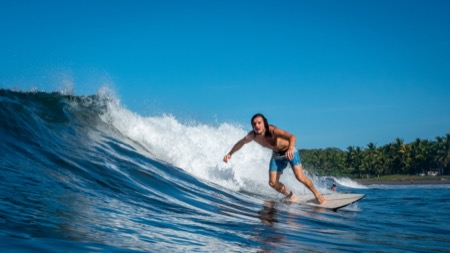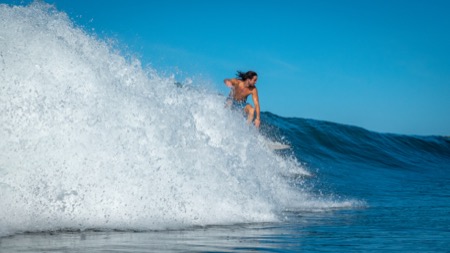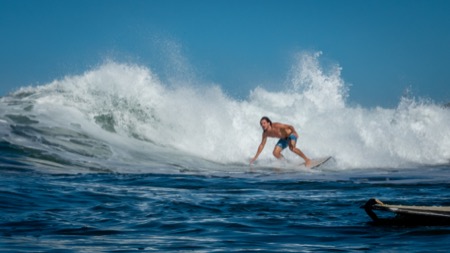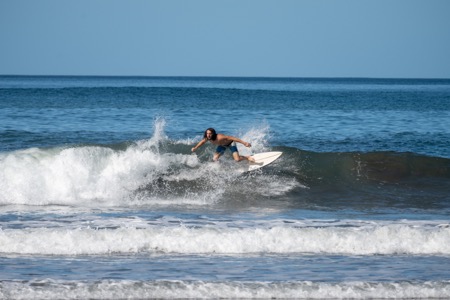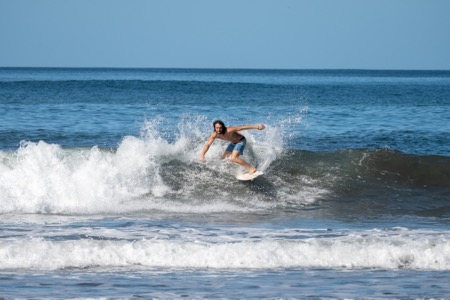I have some version of an rsi, repetitive strain injury. Rsi is an umbrella term that refers to various possible problems: tendonitis, carpal tunnel syndrome, radial/ulnar nerve problems, arthritis, etc. I don't know exactly what I have, it may be a combination of various problems. I'm also unconvinced that the injury is caused by 'repetitive strain.' It's possible I found another way to hurt some tissue, and the symptoms merely present themselves when I'm doing my everyday activities. In any case, I refer to the problem as 'rsi' although technically speaking the ailment is an rsi.
Rsi is a mysterious and devilish ailment. It negatively affects me in all that I love to do: play guitar, work on programming projects, and surf. I hope to heal myself completely and if that proves impossible I hope to prevent the problem from getting worse.
In any case, I will be another data point for whoever is studying those who have documented their rsi experience.
***
Episode 1:
I had my first wave of rsi that I can remember in December of 2019. As mentioned in the link, the pain was very subtle. On a scale of 1-10, 1 being no pain and 10 being very ouch, I would rate the pain 1.5 to 2. It was just enough to notice that something was...off. I remember that lasted about 1 month, maybe 2, and then the pain faded away completely.
Episode 2: (current)
Flash forward to May of 2021 and the pain has returned. This episode was triggered by a very specific action - I was doing a pull off with my pinky on my guitar. I kept playing for 15-30 minutes while enduring some pain. This occurred after a week of practicing some new (rather aggressive) techniques to get more volume on my hammer-on and pull-offs. This pain has been going on for almost 2 months now. My fingers and wrists feel like they have no oil. They crack all the time when I move them and I think I have lost some grip strength. The problem is distributed almost evenly amongst the hands and fingers, although the left side seems worse and specifically the left pinky. The steady pain I would say is a 2/10, but every once in a while the pain becomes very sharp and jumps to a 7/10 or 8/10 for a few milliseconds. One night I had some slight trouble sleeping from the pain, but in general I can't say I've lost sleep from this episode.
Current Treatment and Preventive Measures:
After a month of mostly resting without any improvement, I saw a physiotherapist.
I took a shot of vitamin B12 complex and I am taking a daily magnesium supplement. I've switched to a mechanical keyboard; I am playing a minimal amount of guitar. I am trying to stay active and do some form of physical activity to get the blood flowing daily (walking, surfing, slacklining.) I am doing the exercises to 'slide my nerves' demonstrated in this video. I am also doing two more exercises: I am holding a hammer and pronating and supinating(sp?) my wrists, and I am flexing them up and down (without a hammer.) In both exercises I keep my arms stretched out straight in front of me.
